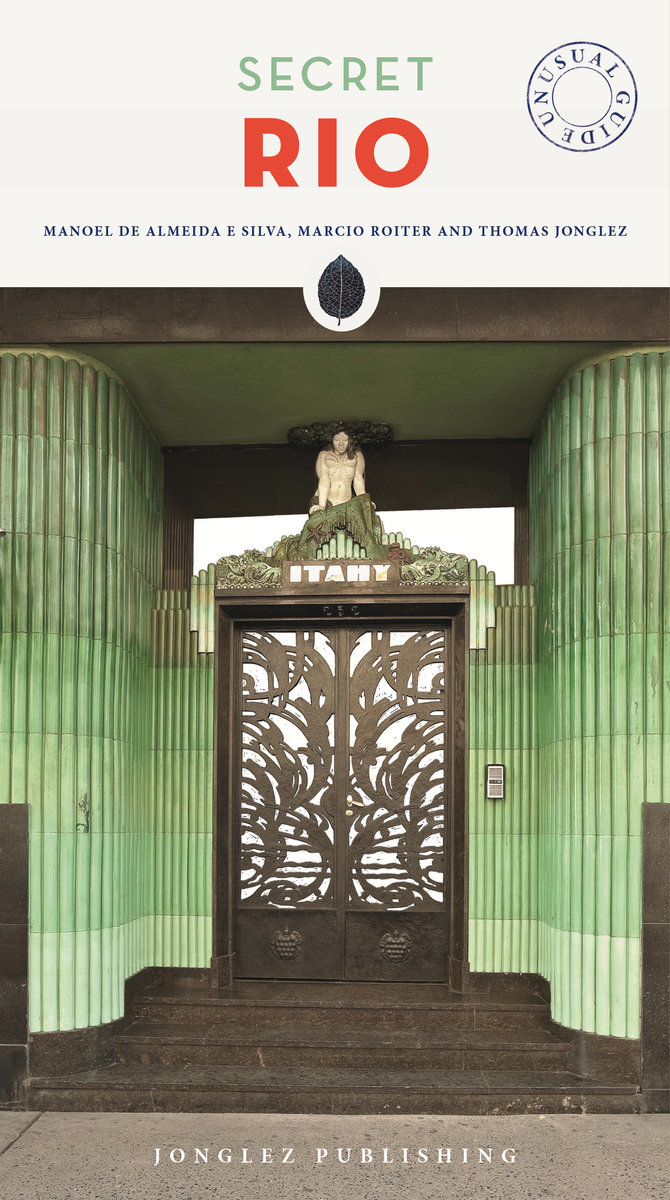Visit an extraordinary hill where the "little angels" are buried; discover remarkable forgotten Art Deco buildings; see aplane taking off at really close range, leftovers from the 1908 and 1922 Universal Expositions, a beautiful private palaceopen to visitors once a month, modernist ceramics hidden on the 15th-floor terrace of a former government building,a remarkable secret staircase; experience little-known walks and views of the city; find an Amazonian talismanat Copacabana, vestiges of the Carioca river, a rare statue of the great-grandmother of Jesus, a taxi nightclub, a work ofart in a favela, a disused airship hangar...Far from the crowds and the usual beach and carnival clichés, Rio de Janeiro has countless treasures it reveals only toresidents and travelers who wander off the beaten track.An indispensable guide for all those who thought they were familiar with Rio or would like to discover the other face ofthe city.



